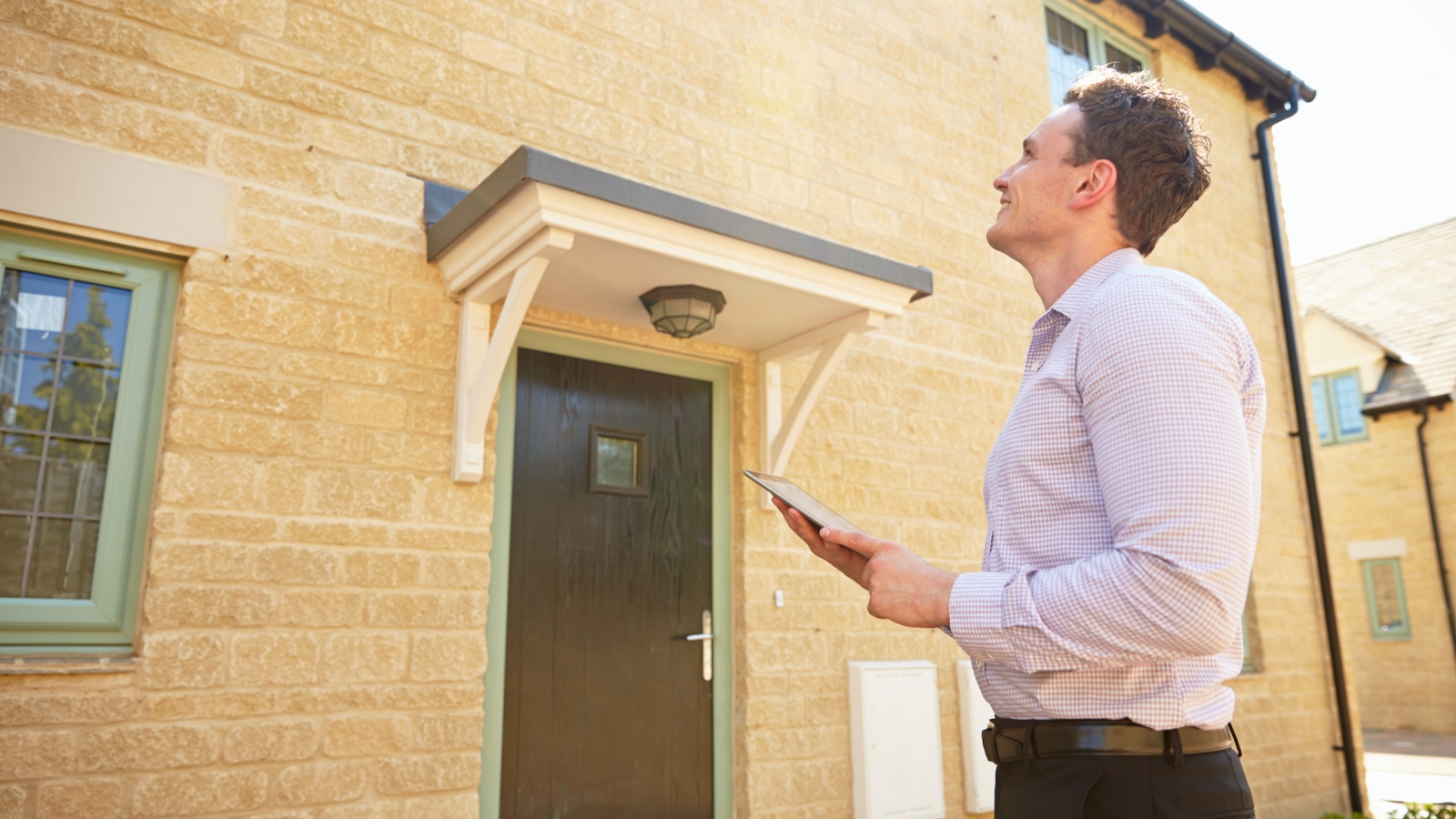How does property valuation work in Spain?
By May 31, 2023 4 min read
If you already own a house in Spain and are thinking of selling or you’re looking to buy a home, it’s important to know how property valuation works here.
Property valuation in Spain is regulated by a ministerial order approved in 2003 that sets the standards for the "valuation of real estate and certain rights for certain financial purposes”.
The Spanish Association for Value Analysis (AEV) explains that "Appraising a home is estimating the value that it has in the market on the valuation date".
To be able to value a property "normal and local market conditions must be taken into account, long-term durable aspects, the use of the property at the time of the appraisal and its corresponding alternative uses”, the association told news website Newtral.es.
Property identification
The first step that estate agents take when valuing a property is to confirm that the house or apartment corresponds to the same one in the official documentation, which will be the basis for deciding on mortgage repayments, according to AEV. Tinsa, a professional property appraisal company based in Barcelona also states that it’s important to verify that the house does not have urban planning problems that may affect the value.
Occupancy status
The next step is to check if the house is empty, occupied by the owner or rented, as all of these factors can affect the value. Both AEV and Tinsa also point out that if the house is under some type of protection regime, its price will be limited by the authorities.
Architectural protection
Another factor that can affect the valuation is architectural protection. It’s essential to know if there are any urban regulations that apply to the property since it could have various conditions attached, such as not allowing for home extensions or certain renovations.
Regulatory compliance
To avoid demolition or prevent further works, agents must also verify that the property has been built in accordance with the regulations. According to Tinsa and AEV this means that the appraiser must measure the surface of the house, check the age of the property, look at the common areas and carry out an analysis of the area. Finally, a technical team will review and accredit all the information collected. A property can lose value if it doesn't meet the regulations.
What is the price of the house based on?
Once all of the above points have been checked, the agents can set a price point. The most common way of doing this according to Tinsa is to compare prices of other similar ones that have recently been sold, in terms of size, location and condition.
The AEV states that location, surface area, age and state of conservation also affect the final valuation. In addition, other aspects will be taken into consideration such as layout, the existence of elevators, views, and orientation, among others.
How to estimate the value of a property yourself
If you want to know how much the price of a property should be when you go for a viewing or you’re thinking of selling and what to know what your house is worth, there are several aspects you can look at yourself, without the help of an agent.
Use a price estimator - There are several online price estimators, such as this one on property portal Idealista. It will give you an idea of how much the home has sold for in the past and its rental potential.
Look at what other homes in the area have sold for - Look in estate agent windows and see what prices nearby properties are going for, this will give you a good idea of what yours is worth too.
Consider the age of the property - According to Idealista, properties decrease in value over time. A property that is just five years old will be 85 percent of its original price, but after 50 years this goes down to 30 percent. Any new renovations undertaken will increase the price again, even if it’s an old building.
Look at the size, location, and condition - Bigger properties are usually more expensive, but it will of course depend on the location. For example, a one-bedroom apartment in the centre of Barcelona could cost the same or more than a three-bedroom one in an outer-lying neighbourhood. The condition is also important to note. Properties will of course be cheaper if they need a lot of work done to them vs ones that have been renovated or well looked after.
But don’t do it yourself. Let homes-abroad.com make the professional evaluation for you for free!